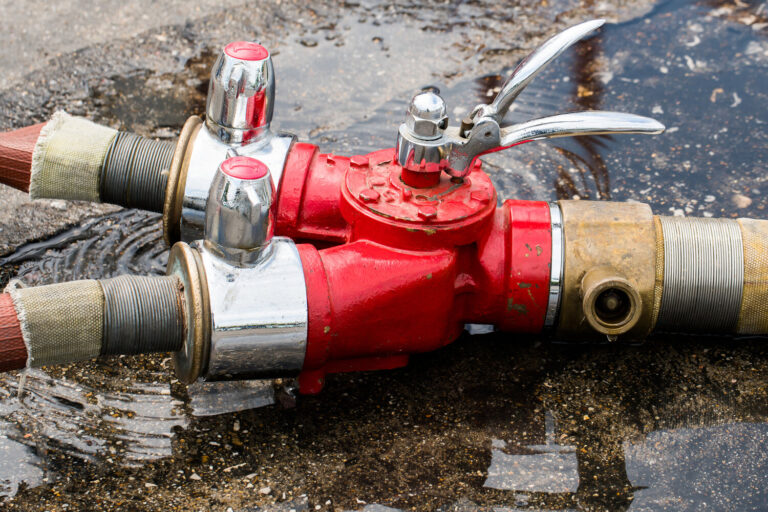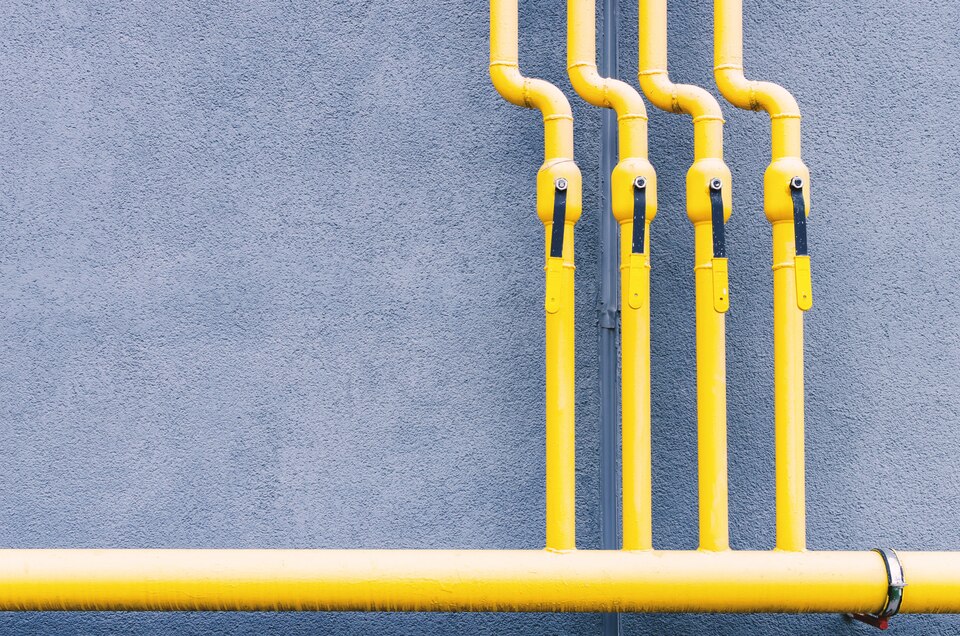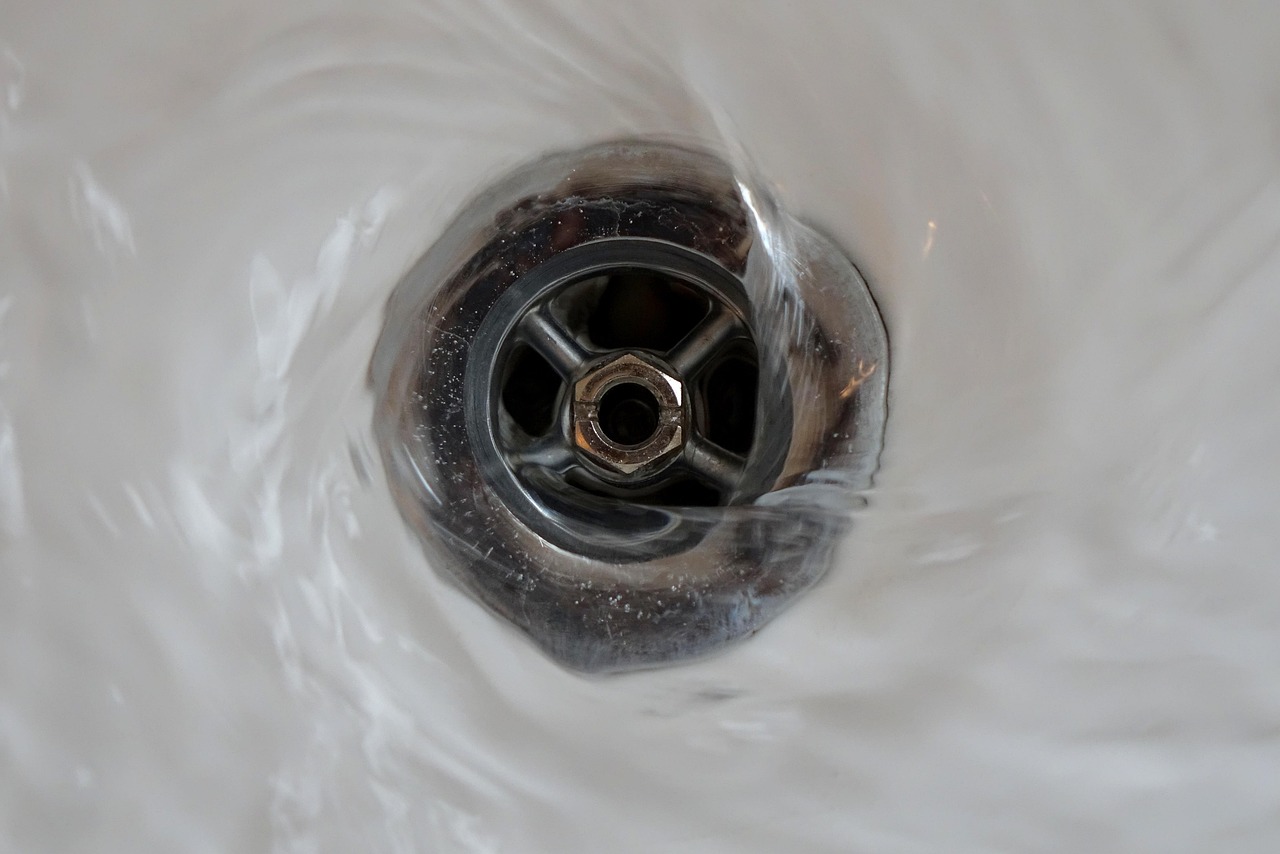Backflow prevention is a critical aspect of maintaining a safe and healthy home. It ensures that the water flowing into your home remains uncontaminated by potential pollutants from various sources. Understanding backflow prevention can help you appreciate its role in protecting your home’s water supply and your family’s health.
What Is Backflow and Why Is It Dangerous?
Backflow is the unwanted reversal of water flow in your plumbing system. This reversal can pull contaminated water from various sources, such as outdoor hoses, toilets, or industrial equipment, back into your clean water supply. When backflow occurs, it poses significant health risks because the contaminants can include harmful chemicals, bacteria, and other pollutants.
One of the primary dangers of backflow is the potential introduction of hazardous substances into your drinking water. Contaminants such as fertilizers, pesticides, and sewage can enter your home’s water supply, making it unsafe for activities like drinking, cooking, and bathing. Even a small amount of these substances can present serious health hazards.
Backflow is especially concerning in homes with old or poorly maintained plumbing systems. These systems are more susceptible to water pressure changes, which can trigger backflow. Ensuring that proper backflow prevention measures are in place protects your loved ones from the dangers of water contamination. Our professionals can assess your plumbing and recommend effective solutions to safeguard your home.
Common Causes of Backflow in Residential Homes
Several factors can contribute to backflow in residential homes. Understanding these causes can help you take preventive measures to protect your water supply.
1. Changes in Water Pressure: One common cause of backflow is a sudden change in water pressure. This can occur when there is heavy water usage or a break in the main water line. When the pressure on the clean water side drops, it can cause contaminated water to flow backward into your system.
2. Faulty Check Valves or Backflow Preventers: If the check valves or backflow preventers in your plumbing system are not functioning correctly, they cannot stop the reverse flow of water. Regular maintenance and inspections by our technicians can ensure these devices work as intended.
3. Hose Connections Without Vacuum Breakers: Garden hoses connected to outdoor faucets without vacuum breakers can be a source of contamination. If the hose is submerged in a pool, pesticide sprayer, or any other source of contamination, backflow can occur if the water pressure changes.
4. Cross Connections: These occur when a pipe carrying potable water connects to a pipe containing non-potable water. Without proper prevention devices, cross-connections can become a significant backflow risk. Identifying and eliminating these connections protects your water supply.
By being aware of the common causes of backflow, you can implement protective measures and maintain a safe water supply in your home. Regular inspections and proper installations by our professionals can provide peace of mind and ensure your plumbing system operates safely.
Types of Backflow Prevention Devices
There are several types of backflow prevention devices, each designed to protect your water supply from contamination. Knowing these devices helps you choose the best solution for your home.
1. Air Gap: This is the simplest and most effective form of backflow prevention. An air gap is a physical separation between the water supply and any potential source of contamination, usually through a space between a faucet and the sink or any plumbing fixture. The air gap prevents contaminated water from siphoning back into the clean water supply.
2. Double Check Valve Assembly (DCVA): This device consists of two check valves assembled in a series. It’s designed to protect against both backpressure and backsiphonage. A DCVA is often used for low to medium hazard situations and provides an extra layer of security through its dual-valve system.
3. Reduced Pressure Zone (RPZ) Valve: The RPZ valve offers maximum protection by using two independent check valves and a pressure relief valve. It’s commonly used in high-risk areas where the potential for contamination is severe. This device ensures that if one check valve fails, the second valve plus the relief valve will still prevent backflow.
4. Pressure Vacuum Breaker (PVB): This type of device prevents backsiphonage by using a check valve and an air inlet valve. The PVB is installed above ground and is often used for applications like lawn irrigation systems. It ensures that if the water pressure drops, the air inlet valve opens, preventing contaminated water from flowing backward.
By understanding the various types of backflow prevention devices, you can make informed decisions and adequately protect your home. Our professionals can help assess your needs and recommend the best device for your specific situation.
Benefits of Professional Backflow Prevention Services
Professional backflow prevention services offer several benefits that ensure the safety and efficiency of your plumbing system. Hiring our technicians for these services guarantees proper installation, regular maintenance, and prompt repairs.
1. Accurate Installation: Professional installation of backflow prevention devices ensures that they work correctly and provide maximum protection. Our technicians have the expertise to install these devices according to local codes and standards, minimizing the risk of backflow and contamination.
2. Regular Maintenance: Regular maintenance and inspections are crucial for keeping backflow prevention devices in optimal condition. Our professionals can identify and address any potential issues before they become severe problems, ensuring continuous protection.
3. Prompt Repairs: If a backflow prevention device malfunctions, it can compromise the safety of your water supply. Our technicians can quickly diagnose and repair any issues, restoring the device’s functionality and ensuring your home’s water remains safe.
4. Peace of Mind: Knowing that your backflow prevention system is professionally maintained and functioning correctly provides peace of mind. You can be confident that your water supply is protected from contamination, safeguarding your family’s health.
Hiring professionals for backflow prevention services ensures that you receive expert care and reliable protection. Our team is dedicated to maintaining the safety and efficiency of your plumbing system, allowing you to enjoy clean and safe water.
Conclusion
Understanding backflow prevention and its importance in maintaining a safe water supply is crucial for any homeowner. By recognizing the dangers of backflow, identifying common causes, and choosing the right prevention devices, you can safeguard your home’s water from contamination. Professional backflow prevention services further ensure that your system is correctly installed, well-maintained, and promptly repaired when needed.
For expert backflow prevention in Pasadena, contact us at Power Pro Plumbing Heating & Air. Our team is committed to providing top-notch solutions to keep your water supply safe and your plumbing system running efficiently. Schedule an appointment with us today to ensure your home is protected.











